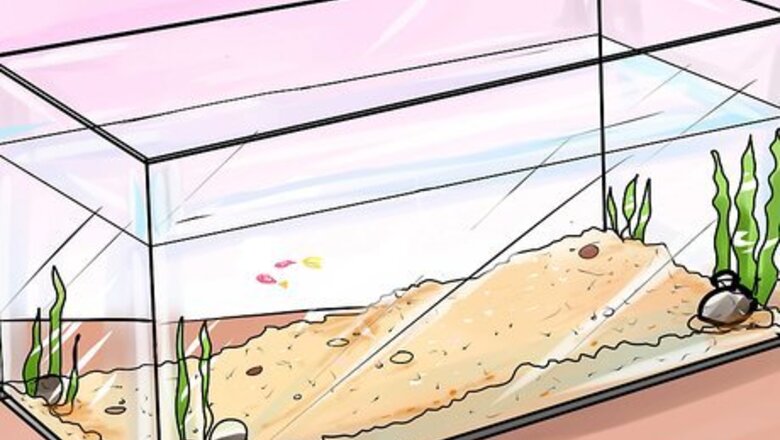
views
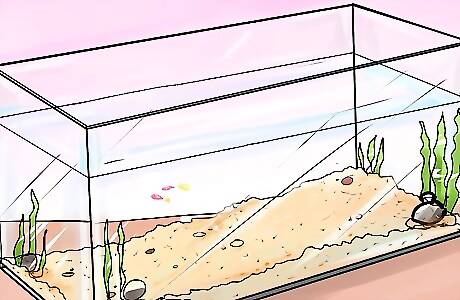
Create a stress-free atmosphere. This is very important because stress causes death in mature fish, not to mention small fry. You can help by introducing a few artificial plants or live plants for your fry tank. Having pebbles for fry to hide is a good idea as well. Your fry should be separated from other fish or mature guppies.
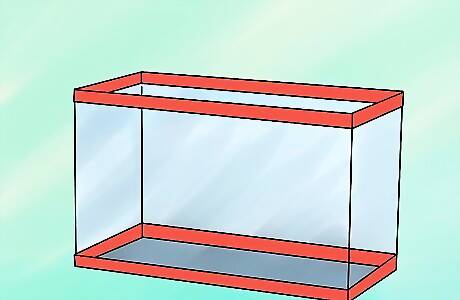
Give them lots of space. For fry to grow faster, the most important and biggest secret is to have a large room for them to move around. Less water space for each fish can mean that waste will build up quicker, which can dirty the water.

Get the temperature right. Tropical fry like guppy fry require temperatures of about 70-80 Fahrenheit to avoid fungal diseases and maintain steady growth. If you don't have a heater, it is highly advisable to get one.
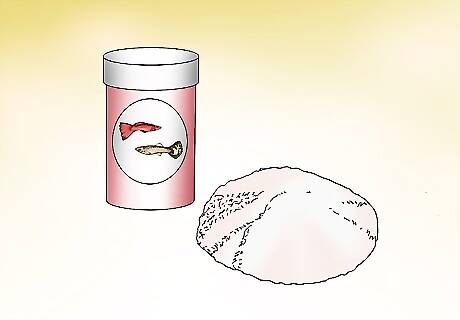
Feed the fry high energy, rich, balanced feed three times a day in small amounts. It won't cause overfeeding; they are small so can eat a lot and their body needs it. Mostly, provide feed crushed flakes but occasionally, you can feed them treats such as flightless fruit flies. Also try baby brine shrimp which promotes faster growth. Don't feed them live worms. Any food fed should be powdered or fine so that the fry can eat it. If feeding flakes feed the fry several times instead of lot at once cause fry won't eat the water softened flake and this would cause water clouding. Occasionally try feeding the fry with spinach leaves and pealed pea pods.
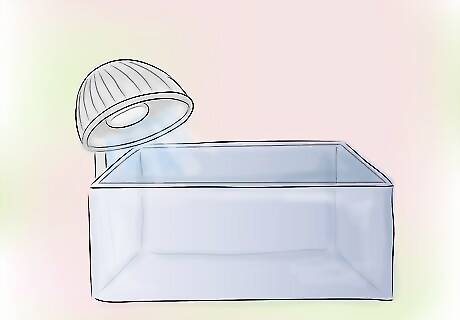
Provide light. This is necessary for plants (which are good for fry hiding places) and can help set a schedule.Light will also keep the fry active and keep it away from getting infected from any disease.
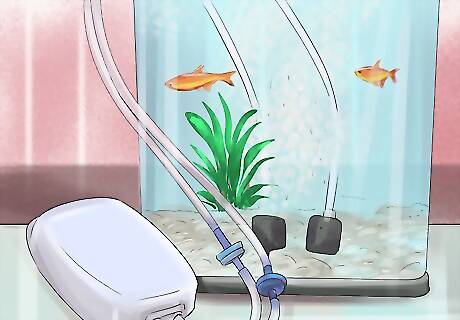
Consider aeration. Disturbing the surface of the water lets oxygen into the water, which is needed for fish survival. Try a mild air stone in the tank. Good aerated conditions promote growth and voids diseases away helping to have maximum number of surviving fry.

Be careful if you choose to use a filter. If you're using a filter, have a sponge one, because other types cause harm to these tiny creatures and if already having other one keep it covered by cloth. Strong flow or suction can destroy the fins of fry and in extreme cases lead to their death. Using a filter for fry tank is not very necessary. Fry will do well without it.
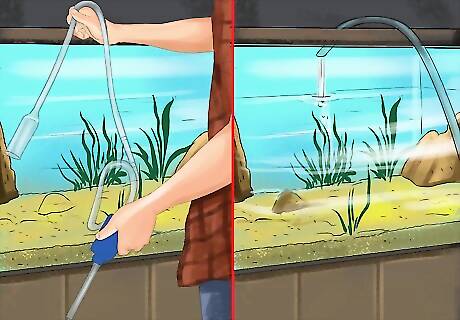
Clean the tank frequently. A change of water is recommended every week unless it is a planted or very large tank. For large tanks, do a partial water change every 15-20 days. Scoop out water slowly and make sure you're not taking out any fry before dumping the water.
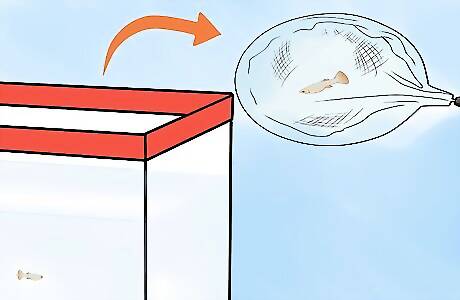
Look out for their health. Make sure you do not find any fry constantly at the bottom of tank; this indicates unhealthy water or poor water conditions. If the water problem persists, visit your nearest pet shop and get water test kits to maintain water quality.

Take out the dead fry as soon as possible to avoid infections. You will easily be able to spot them as they float at top. Diseased fry have a very low chance of surviving. Remove any sick fry immediately. Do not medicate a tank with fry in it, as it is too difficult for a regular fish keeper to use the right dosage instead destroy it though it may sound cruel.










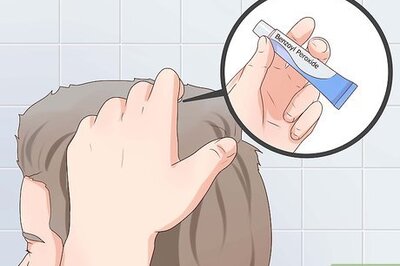






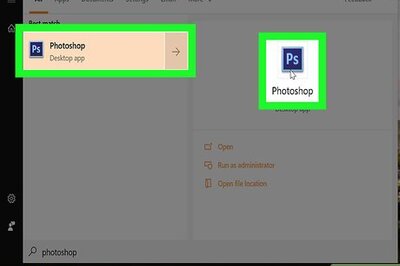
Comments
0 comment